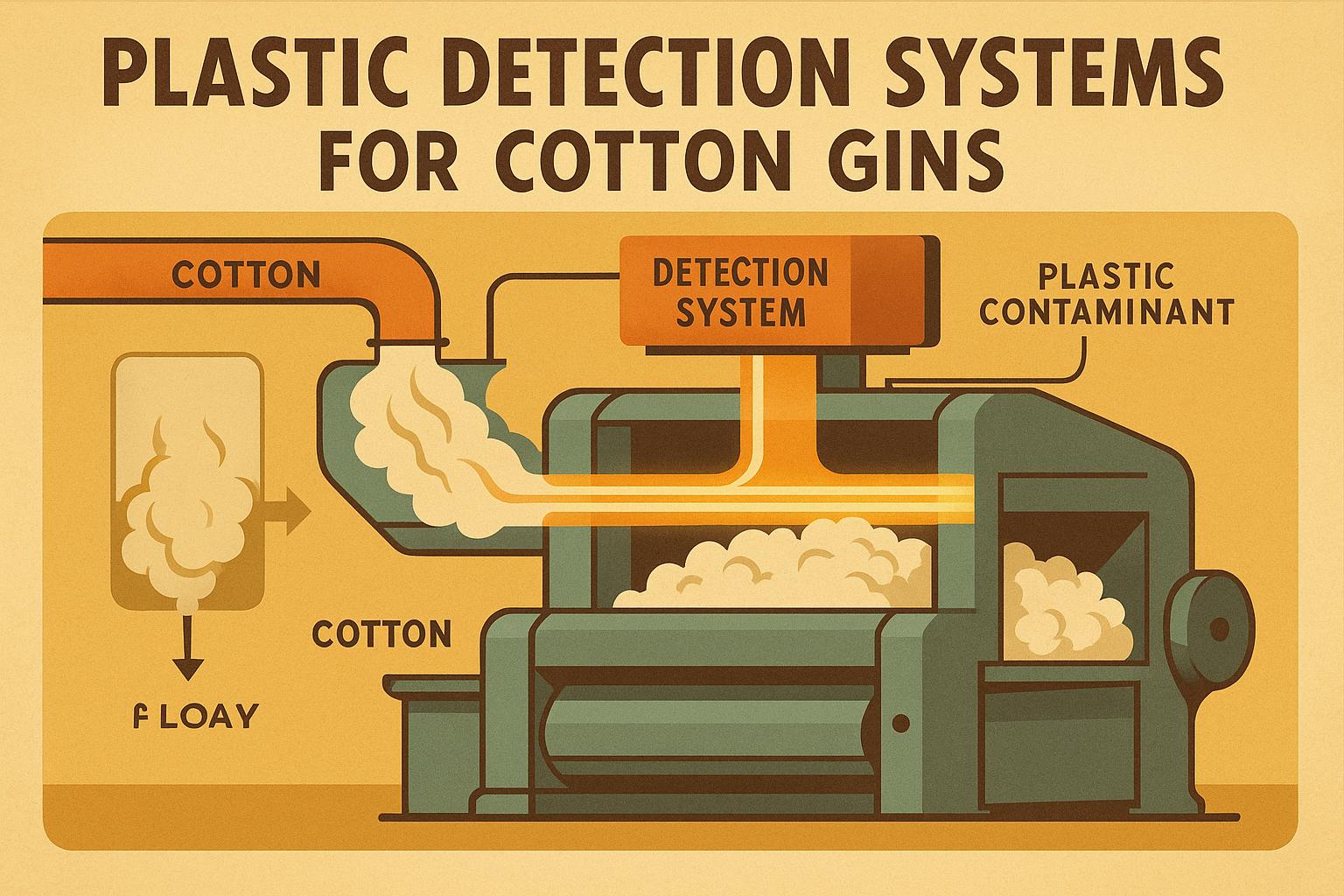Executive summary (TL;DR)
- Scout cotton fields weekly for boll weevil using pheromone traps—threshold at 1-2 adults per trap triggers targeted sprays to cut square damage 20-30% without blanket apps.
- Rotate non-host crops like corn for 2-3 years to break life cycles; integrate sterile insect releases in high-risk zones for 50%+ population drops over seasons.
- Use Bt varieties with cultural tactics like early planting—boosts yields 10-15% by minimizing overwintering sites and overwintered adults.
Related Post: For more on pest scouting fundamentals, check out our post on Advanced Cotton Pest Scouting Techniques for Early Detection.
Boll weevils can still tank your bottom line if you're not vigilant. You remember the old stories of how they nearly wiped out the industry back in the day, but even with eradication programs, pockets persist, especially in warmer spots where overwintering's easy. For folks like us with years under the belt, boll weevil management in cotton isn't about panic spraying; it's about smart integration that fits your rotation, budget, and ground without inviting resistance or secondary pests.
No need to dwell on basics—you know the beetle's life cycle, from egg-laying in squares to grubs hollowing bolls. This is about refining your approach with what extension trials and field data show works best, from Texas A&M to the Southeast. I'll pull from that, share tweaks I've seen pay off, and lay out the layers so you can tighten your program. Let's break it down, field by field.
Understanding Boll Weevil Biology and Damage
Boll weevils (Anthonomus grandis) overwinter in trash or woods, emerging early to hit squares. Females puncture and lay eggs; larvae feed inside, dropping squares or ruining bolls. Damage peaks pre-bloom—10-20% square loss slashes yields 5-15%, per Mississippi State data. In heavy years, 50%+ boll drop isn't rare.
Why is it still a threat? Migration from untreated areas, resistance to old chemistries. Scout borders; adults fly miles. Economic threshold: 1-2/trap/week triggers action, avoiding 10%+ loss.
Scouting and Monitoring: Your First Defense
Don't wait for punctured squares—trap early. Pheromone lures in cone traps, 1/10 acres, checked weekly from Pinhead Square. Georgia extension: Traps cut detection time 50%, enabling spot treatments.
Tools:
- Grandlure baits: Attract adults pre-infestation.
- Apps for logging: Map hot spots with GPS.
- Visual scouts: Check 100 squares/acre for feeding scars.
Personal tip: I've skipped border traps once—paid with a corner field redo. Start two weeks pre-plant in history areas.
Cultural Controls: Breaking the Cycle
Chemicals alone breed resistance—layer culture. Destroy stalks post-harvest; shred/bury to kill 90% overwintering, per USDA.
Rotations: Non-hosts like sorghum/corn 2-3 years drop populations 70%, Oklahoma State trials. Early uniform planting: Beats the emergence peak, reducing generations.
Diapause disruption: Short-season varieties mature before fall buildup. Texas data: Early plant cuts adults 30%.
List for implementation:
- Stalk destruction: Immediate post-pick, till lightly.
- Trap crops: Alfalfa strips draw/destroy migrants.
- Sanitation: Clean equipment between fields.
Chemical Controls: Targeted, Not Blanket
Pyrethroids like cypermethrin (0.05 lb/acre) knockdown adults; organophosphates for resistance. Rotate MOAs—Group 3A to 1B—avoid buildup.
Threshold sprays: At 10% punctured squares, 5-7 day intervals. Aerial for coverage; ground for precision.
Table from extension:
| Scenario | Product | Rate (lb AI/acre) | Timing | Efficacy |
|---|---|---|---|---|
| Low pressure | Cypermethrin | 0.05 | Threshold | 80-90% knockdown |
| High migration | Malathion | 0.5-1 | Weekly | Resistance breaker |
| Organic | Neem oil | 1-2% solution | Early | 50-70% repellent |
| Resistance | Flubendiamide | 0.06 | Rotation | Larval control |
Always buffer waterways; follow labels for bees.
Biological and Sterile Insect Techniques
Beneficials: Wasps like Bracon parasitize larvae—preserve with selectives. Release if needed; cuts chemical 20%.
Sterile insect technique (SIT): Release sterilized males; Southeast programs drop populations 50%+. Costly but effective in zones.
From Clemson: Integrate with traps for monitoring.
Variety Selection: Built-In Resistance
No full immunity, but tolerant lines like some Deltapine reduce feeding 15-20%. Stack with Bt for lepidopteran cover.
Choose based on region: Storm-proof in wind areas to minimize drop.
Tech Integration: Drones and Apps
Drones scout large acres—NDVI spots damage early. Apps model migration based on the weather.
Resistance and Long-Term Planning
Monitor for pyrethroid fails—bioassays via extension. Rotate, integrate non-chem.
Eradication zones: Join programs for area-wide control.
Economics: Untreated loss $100+/acre; managed < $20 treatment.
I've layered SIT with culture in tough spots—turned chronic issues into minor.
Actionable Takeaways
- Trap weekly from pinhead; act at 1-2 adults.
- Rotate non-hosts 2+ years; destroy stalks post-harvest.
- Rotate MOAs in sprays; integrate bio for 20% cut.
- Test tolerants; monitor resistance yearly.


